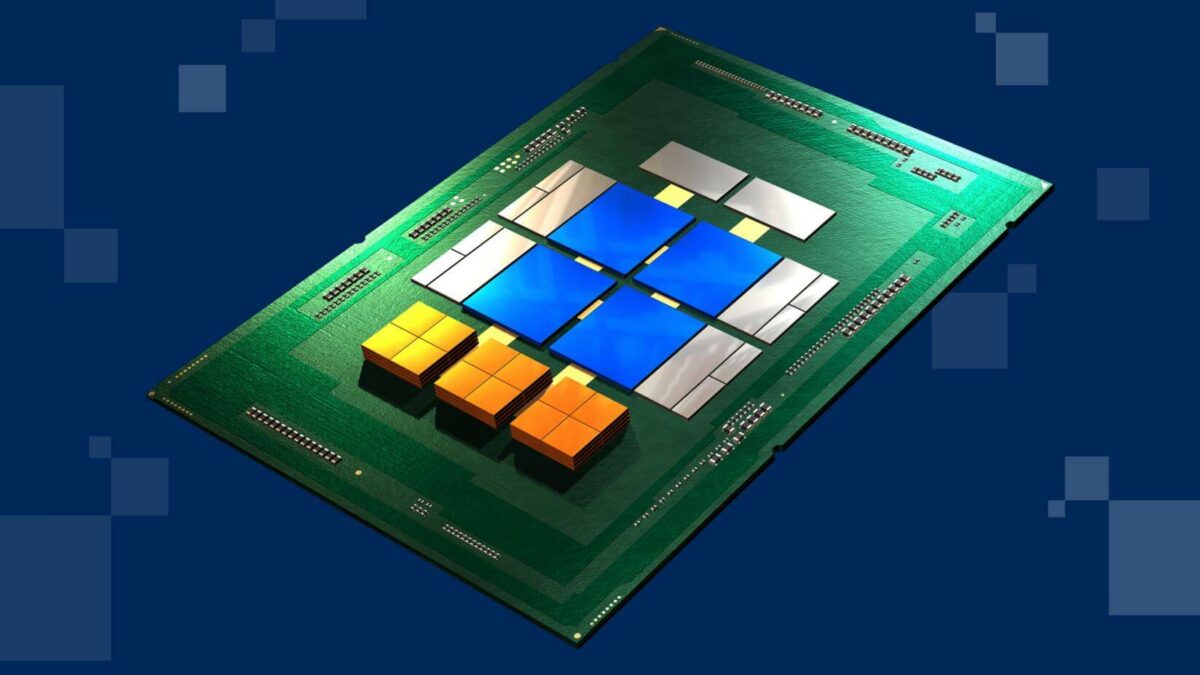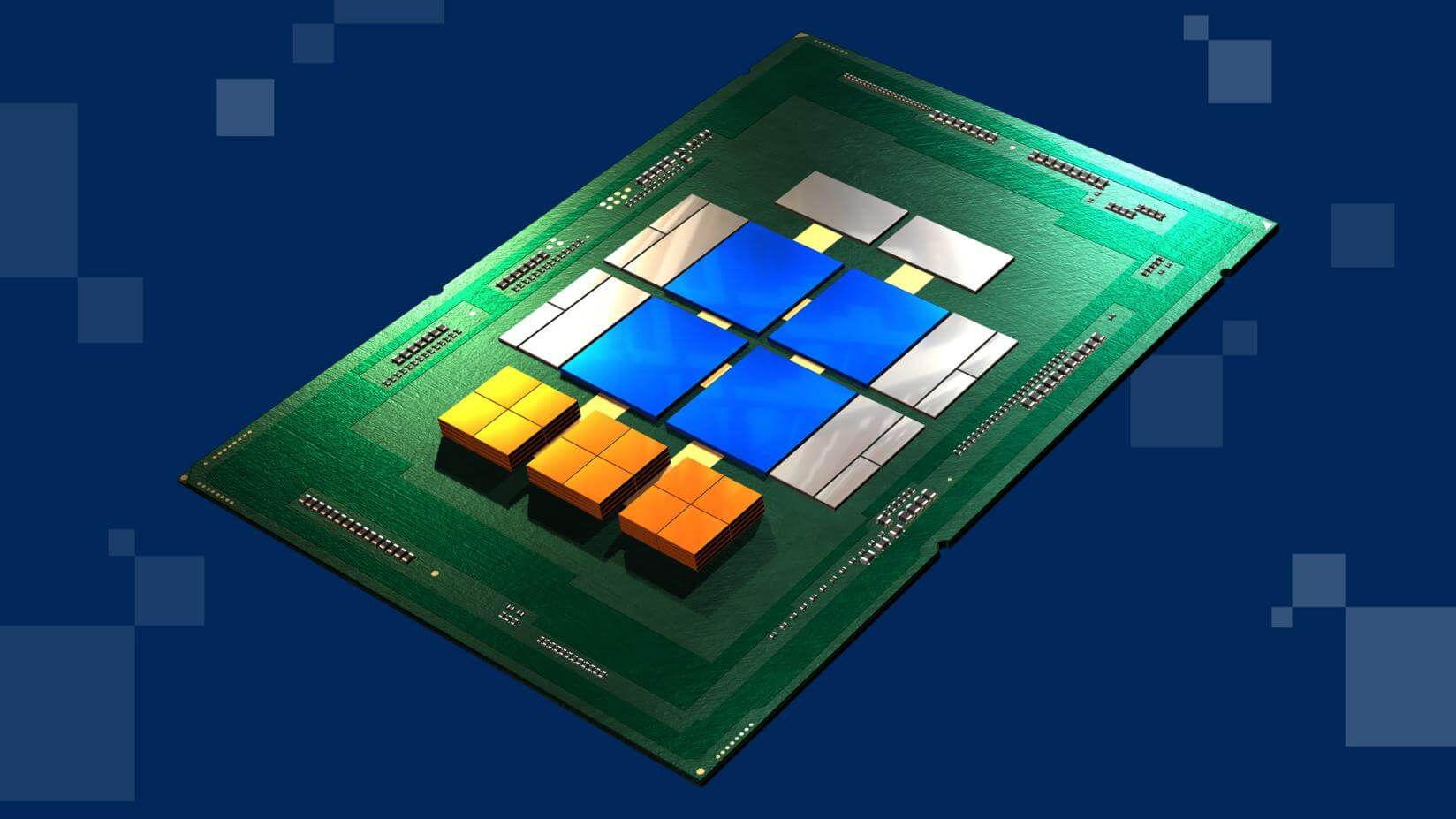
Quite a few of the articles I now see about the semiconductor industry use AI. It is not hard to tell, especially for someone like myself, a 40 year experienced semiconductor professional who also writes. In the last 13 years (yes SemiWiki is now a teenager) we have published 9,058 blogs. SemiWiki was the first of now many semiconductor blogging sites and it is an honor to work with so many talented people on both sides of the table.
I already did a post on the Chiplet Summit but since chiplets are the next big semiconductor thing I thought it would be fun to see what ChatGPT had to say.
ChatGPT: Write and article about the Chiplet Summit:
Exploring the Future of Semiconductor Innovation: A Recap of the Chiplet Summit
Introduction: The technology landscape is constantly evolving, and one of the key drivers behind this evolution is the semiconductor industry. In recent times, a groundbreaking concept has been gaining traction in the semiconductor community – chiplets. of chiplets in shaping the future of semiconductor design.
Understanding Chiplets: At its core, a chiplet is a modular component of a semiconductor design that serves a specific function. Rather than creating monolithic chips that encompass all functionalities, chiplets allow for the assembly of smaller, specialized components into a cohesive system. This modular approach has the potential to revolutionize the semiconductor industry by offering greater flexibility, scalability, and efficiency in the design and manufacturing processes.
Key Themes Explored at the Chiplet Summit:
- Interoperability and Standardization: One of the primary discussions at the Chiplet Summit revolves around establishing standards for chiplet design and interoperability. Creating a common framework ensures that chiplets from different manufacturers can seamlessly integrate into a single system. Standardization not only simplifies the design process but also encourages collaboration among industry players.
- Scalability and Customization: Chiplets pave the way for scalable semiconductor architectures, allowing designers to mix and match components based on specific application requirements. This scalability enables the creation of highly customized solutions for various industries, from consumer electronics to data centers. Attendees at the summit explore the potential applications and advantages of scalable chiplet architectures.
- Economic and Environmental Impacts: Chiplets have the potential to significantly reduce the economic and environmental costs associated with semiconductor manufacturing. By reusing proven chiplet designs across different products, manufacturers can streamline their production processes and minimize waste. The summit addresses how chiplets contribute to a more sustainable and cost-effective semiconductor ecosystem.
- Innovations in Integration Technologies: The Chiplet Summit serves as a showcase for the latest advancements in integration technologies. From advanced packaging techniques to novel interconnect solutions, participants explore the cutting-edge technologies that enable seamless integration of chiplets. These innovations play a crucial role in realizing the full potential of chiplet-based designs.
- Challenges and Solutions: While chiplets offer tremendous opportunities, they also present challenges, such as ensuring robust communication between chiplets, managing thermal issues, and addressing security concerns. The summit provides a platform for experts to discuss these challenges and collaboratively work towards viable solutions.
Conclusion: The Chiplet Summit stands at the forefront of semiconductor innovation, bringing together visionaries and thought leaders to explore the vast potential of chiplet technology. As the industry continues to embrace this modular approach to semiconductor design, the summit plays a pivotal role in shaping the future of electronics. With ongoing advancements and collaborative efforts, chiplets are poised to revolutionize the way we perceive and create semiconductor devices, unlocking new possibilities for technological innovation.
End:
In my opinion AI will in fact replace most of the people who write “popular” semiconductor articles because ChatGPT in effect does what they do, re hash what has already been written. SemiWiki bloggers however share their semiconductor experience, observations, and opinions so we are safe, for now.
Also Read:
How Disruptive will Chiplets be for Intel and TSMC?
Will Chiplet Adoption Mimic IP Adoption?
UCIe InterOp Testchip Unleashes Growth of Open Chiplet Ecosystem
Share this post via:








Quantum Advantage is About the Algorithm, not the Computer